Cats have long fascinated humans with their ability to land on their feet after a fall. This seemingly magical trait, known as the “righting reflex,” has intrigued scientists and cat enthusiasts alike. Understanding the biomechanics and physics behind this ability reveals a profound interplay between anatomy, reflexes, and evolution.
The Anatomy of a Cat: Built for Balance
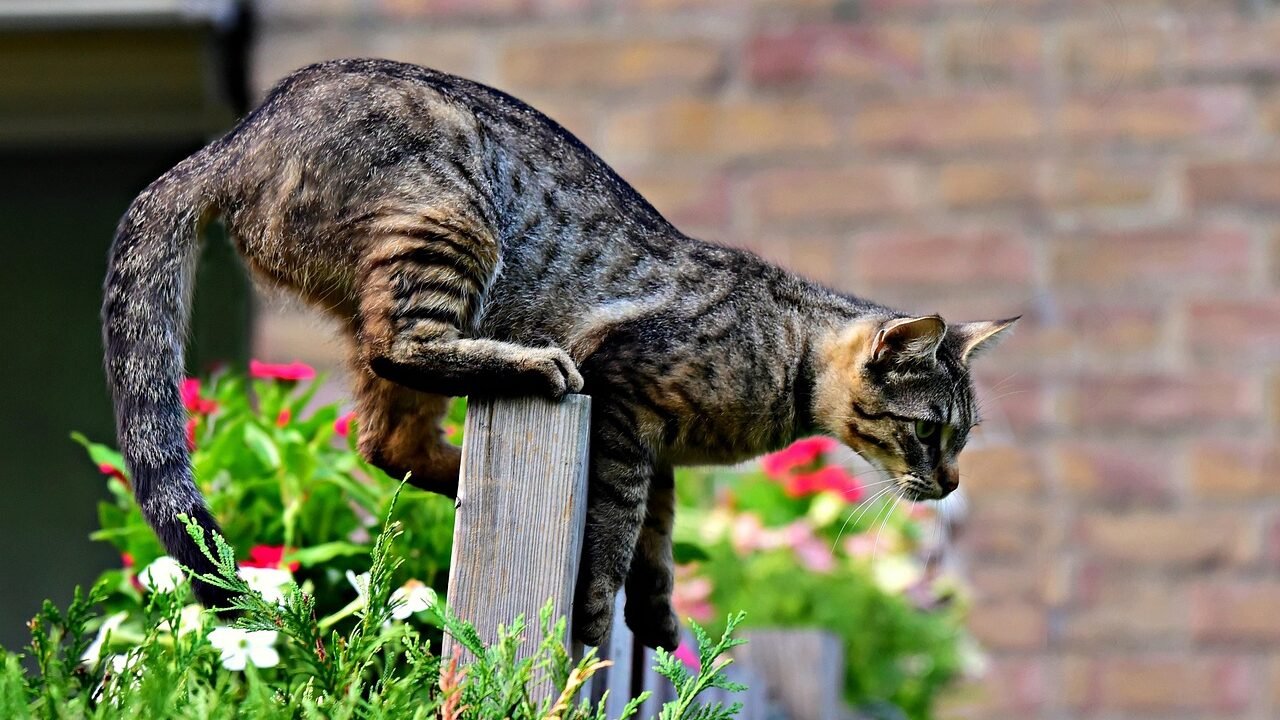
Cats are designed with a remarkable skeletal structure that contributes to their agile landings. They have a highly flexible spine, which consists of more vertebrae than humans, allowing for greater twist and turn capabilities. Additionally, a cat’s lack of a collarbone provides enhanced shoulder flexibility, crucial for adjusting in mid-air.
The Righting Reflex: An Instant Reaction
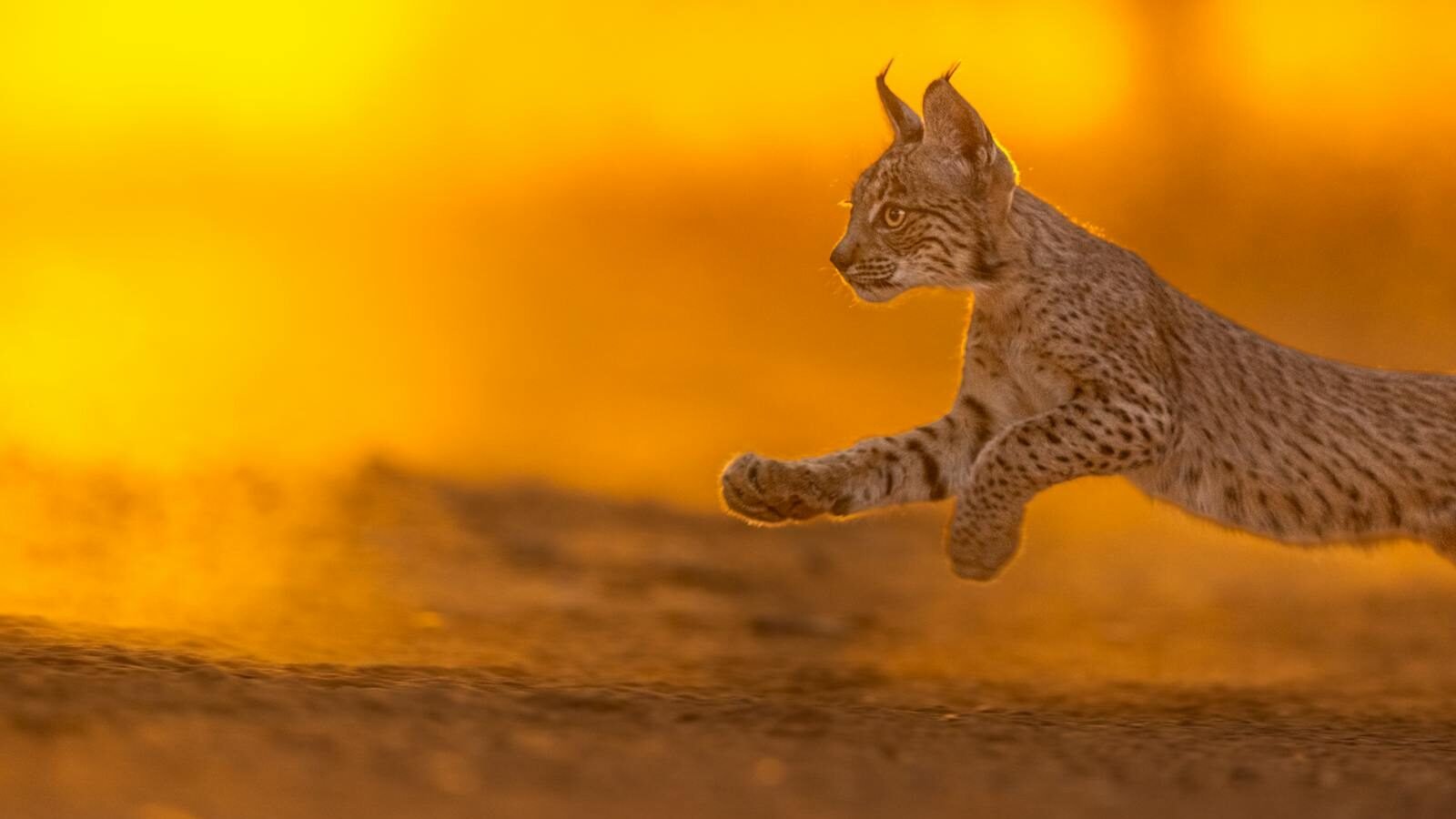
The righting reflex is an innate ability present from as young as three weeks of age in kittens. This reflex allows cats to sense their body’s position and adjust quickly to ensure that they land feet-first. It is driven by complex interactions between the vestibular apparatus in the inner ear, which controls balance, and the sensory neurons that dictate movement.
The Role of the Vestibular System
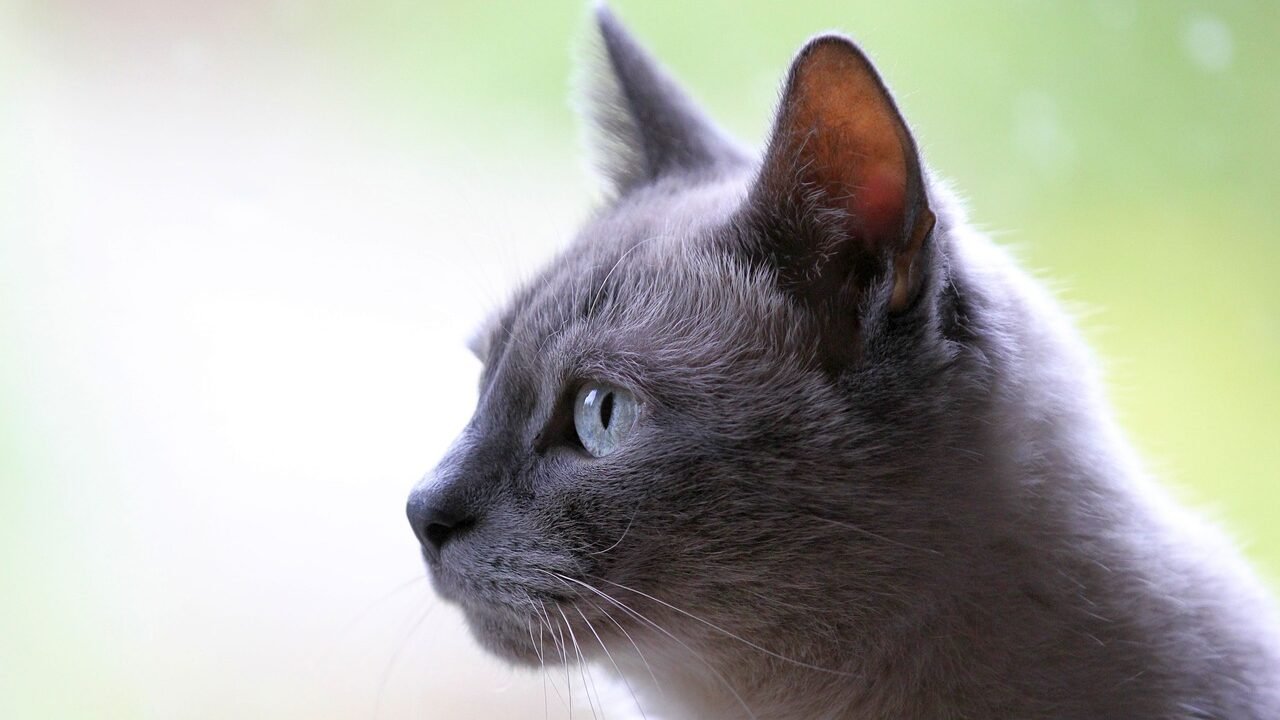
Located in the inner ear, the vestibular system is essential for providing the brain with information about head position and motion. This system helps a cat detect the beginning of a fall and coordinates the muscular adjustments required to reorient their body swiftly.
Angular Momentum and Air Time: The Physics of Falling
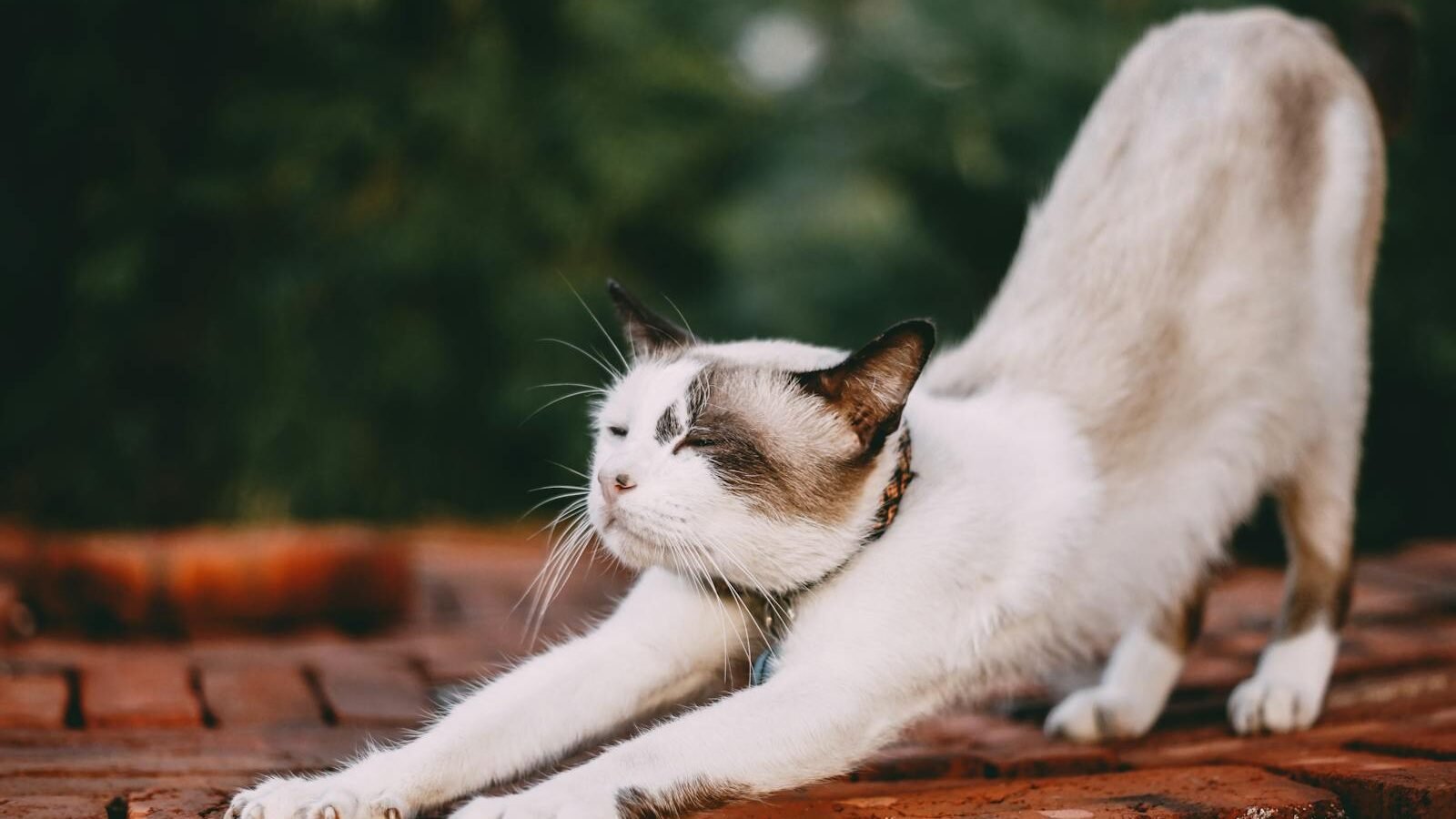
An important aspect of a cat’s righting ability involves the principles of angular momentum. As a cat falls, it extends its legs and arches its back to manage rotational forces, allowing it to twist its body mid-air without changing its overall angular momentum. Contrary to intuition, a little air time is crucial for effective rotation and adjustment.
The Tail’s Contribution to Balance

Although not essential for the righting reflex, a cat’s tail plays a significant role in fine-tuning balance during a fall. Acting as a counterbalance, the tail allows for additional adjustments that help stabilize the body as it reorients in mid-air. Think of it as a natural rudder that assists in precise control.
The Impact of Height on Fall Safety
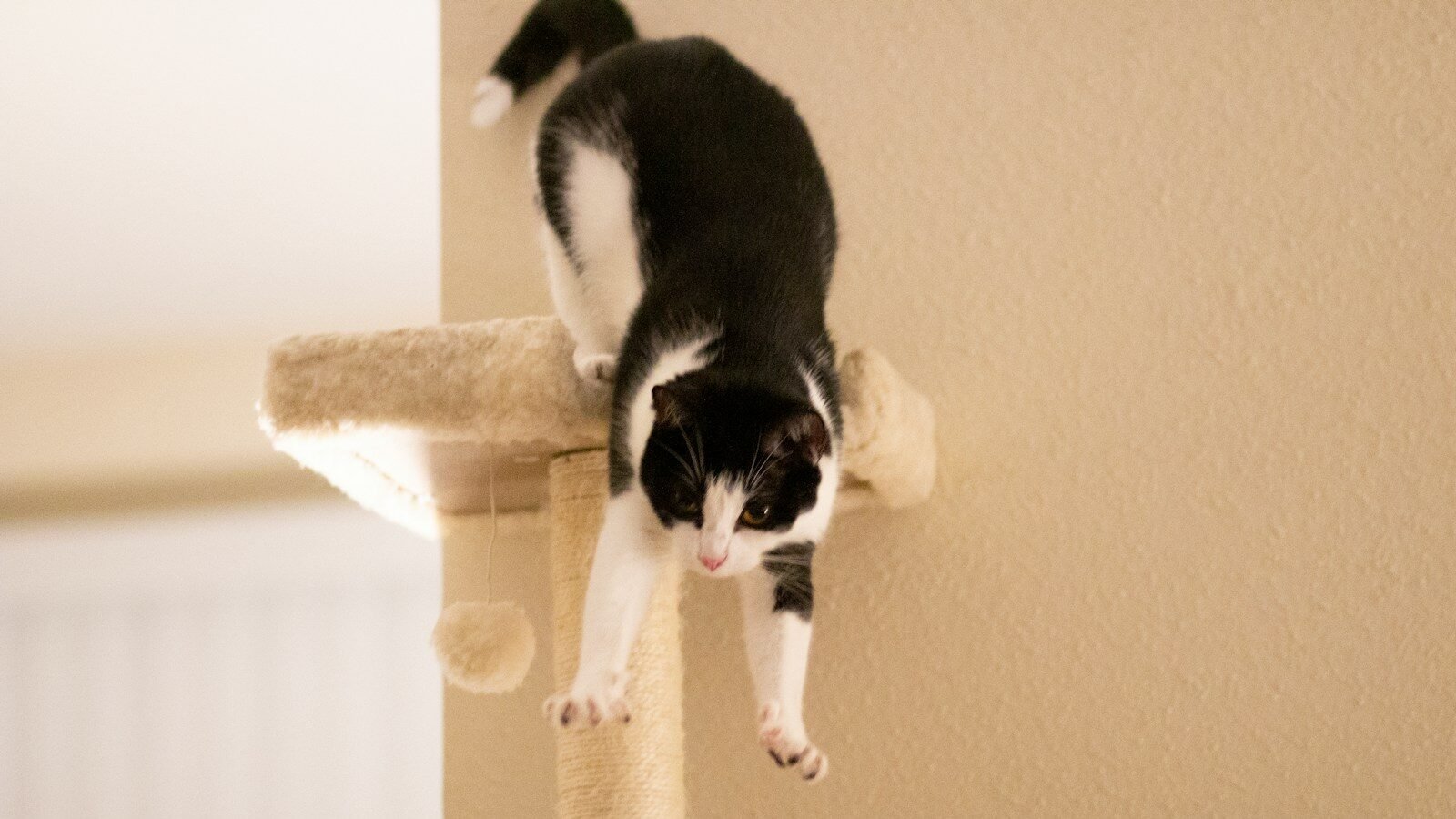
Interestingly, cats can often survive falls from significant heights, a phenomenon described by the term “high-rise syndrome.” While shorter falls may not provide sufficient time to right themselves, falls from greater heights allow cats to reach terminal velocity, stabilizing in a posture that minimizes impact forces.
Terminal Velocity and Impact Mitigation
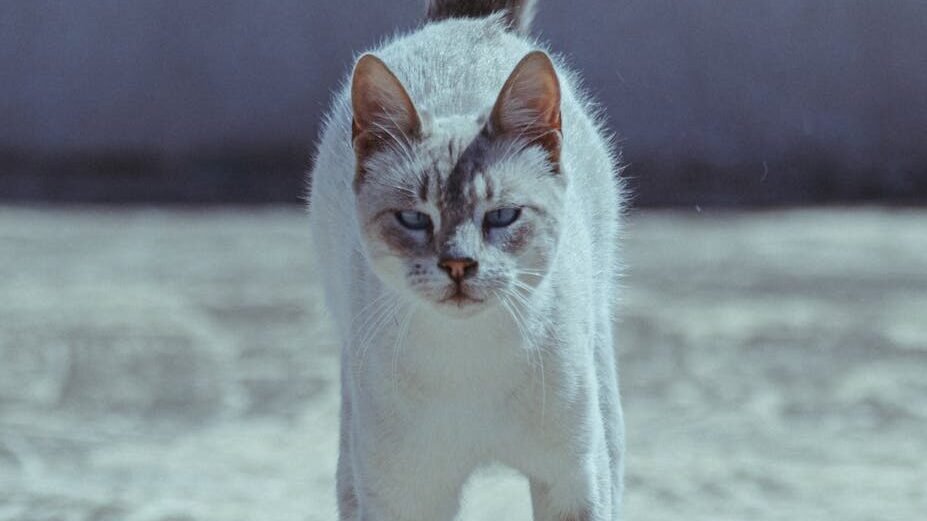
As a cat falls, it quickly reaches terminal velocity, a constant speed where gravity is balanced by air resistance. At this speed, a cat can position its body to maximize drag and minimize impact. This position, resembling a parachute, increases the surface area of the body against the air resistance, slowing the fall.
Evolutionary Advantage: Survival of the Fittest
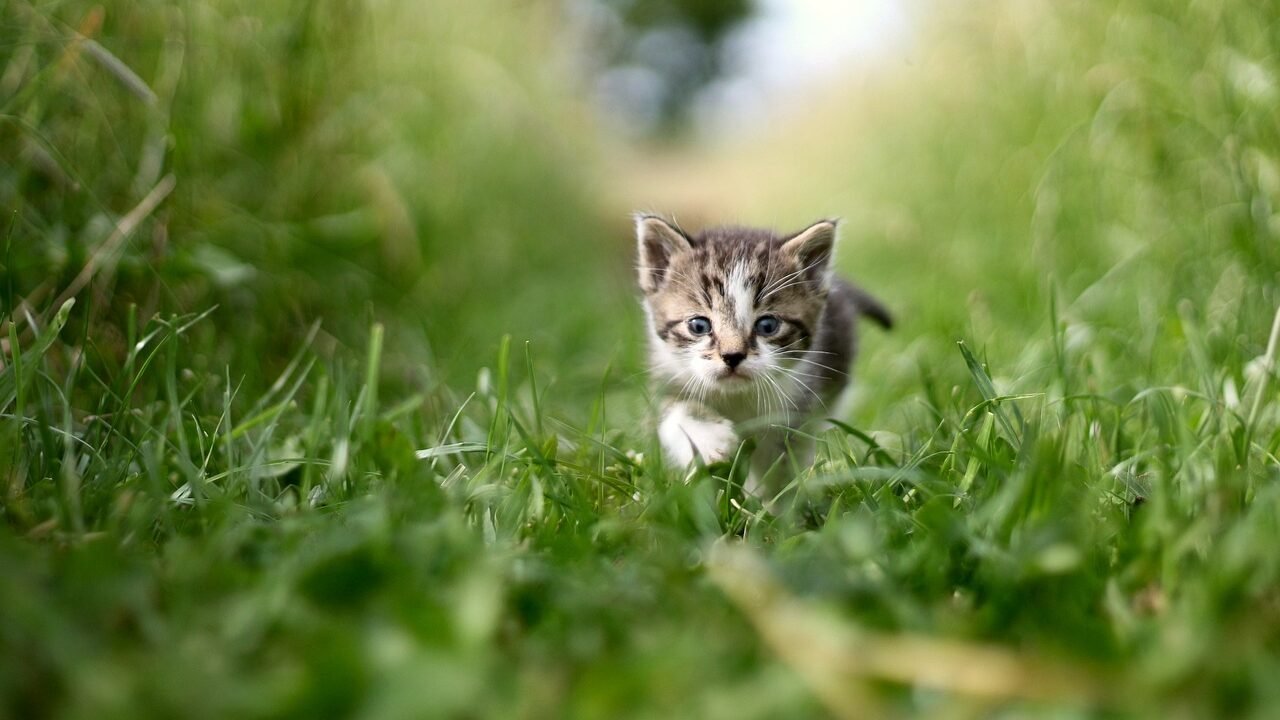
The righting reflex is not just a fascinating quirk but an evolutionary advantage that has likely contributed to the survival of domestic and wild cats. This ability helps cats escape predators or survive falls when navigating treetops and other high places, marking cats as agile survivors in the natural world.
Lessons from Cats: Applications in Robotics and Aerospace
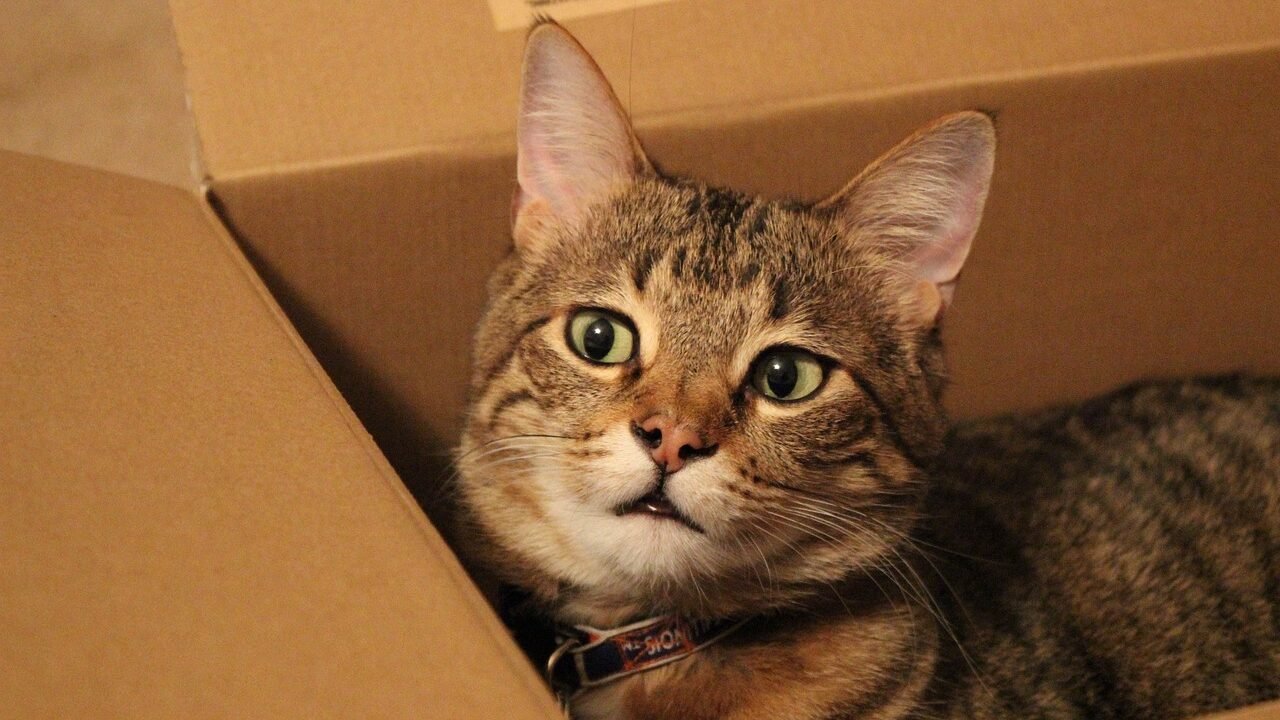
Inspired by the agility of cats, scientists and engineers study their biomechanics to improve technology. Understanding the mechanics behind a cat’s fall has practical applications in designing more agile robots and enhancing safety mechanisms in aerospace engineering, such as developing parachute-like systems for high-altitude drops.
Conclusion: The Marvel of Feline Physics
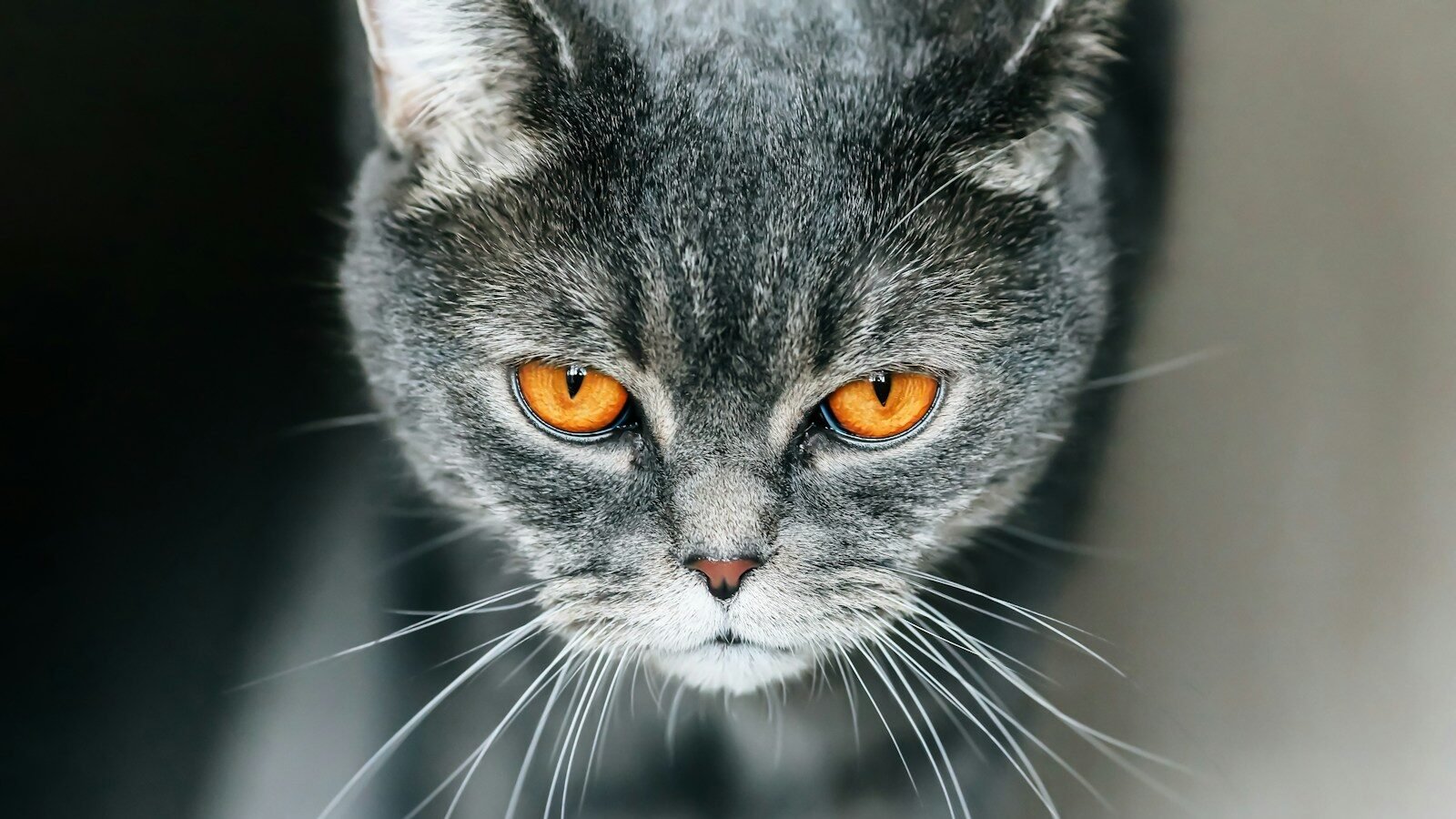
In summary, the phenomenon of cats landing on their feet blends anatomy, neurology, physics, and evolutionary biology. While it may seem like magic, the science behind this ability underscores the complexity of nature in equipping creatures with life-preserving skills. Next time you see a cat land gracefully from a high perch, remember the intricate mechanics at play and marvel at the wonder of feline physics.

With over a decade of experience as a dedicated cat lover and enthusiast, I specialize in writing captivating content about all things feline. My expertise shines through in creating engaging and informative pieces that resonate with fellow cat lovers. As a proud cat parent to my beloved Duston, my personal connection to the world of cats adds authenticity and warmth to my work, making it relatable and heartfelt.






